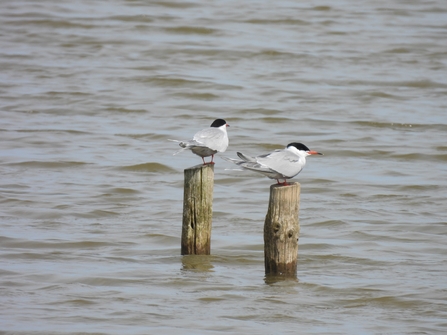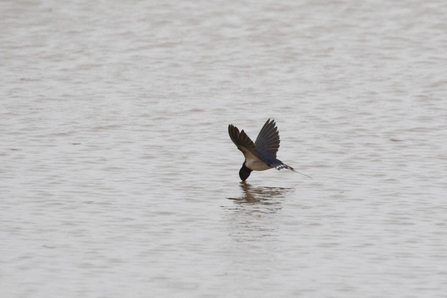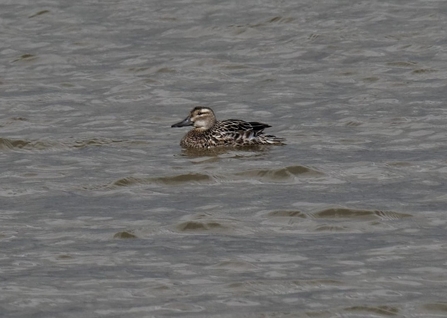The prolonged wet spell in mid-May resulted in the flooding of Anderby Marsh which is usually completely dry by this time of year. The flooding enticed a few species to the marsh most notably a pair of avocet, seen at the end of month, with a second pair briefly present. Avocet remains a scarce visitor to the area with just a handful of records each year. Although they present in good numbers at Gibraltar Point only 10 miles south.
In addition to the avocets, a pair of redshank and lapwing were also recorded on a regular basis. A spoonbill was also located on Anderby Marsh on the 31st May and remained until the next day. This illustrates just how successful the marsh can be when flooded at the right time of year. Three curlew sandpipers flew over on the 4th and may have been on the marsh prior to flying north.
Seawatching highlights throughout the month; a single little tern and four common tern on 19th. six kittiwake, a gannet and 11 common scoter on 20th, 15 fulmar, 9 gannet and 18 guillemot on 22nd. Sandwich tern was also recorded on several dates though only in single figures.







